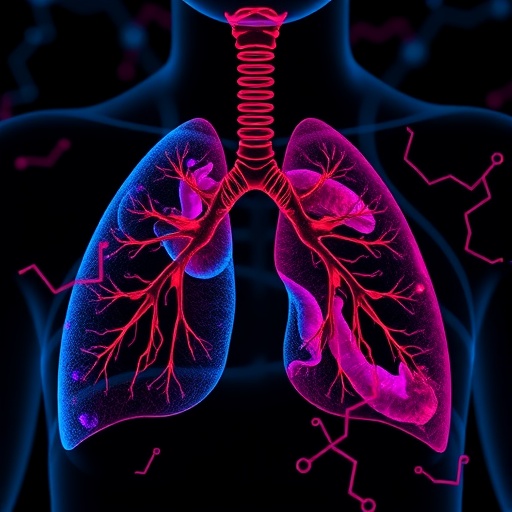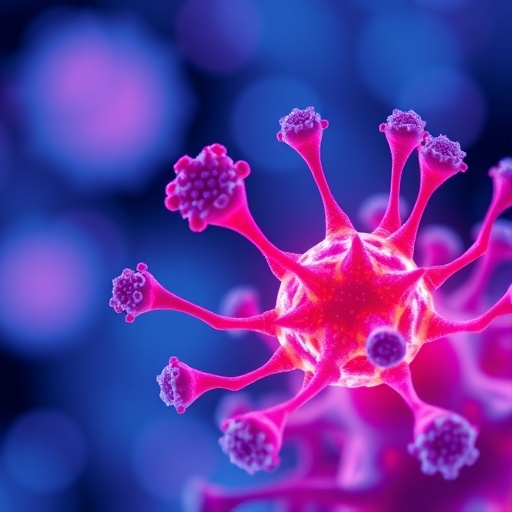Gene modifiers may explain why symptoms and severity vary in CMT and other inherited diseases, according to research published in the Journal of Neuromuscular Diseases
Amsterdam, June 18, 2019 – Charcot-Marie-Tooth (CMT) disease is the most common inherited neurological disorder affecting peripheral motor and/or sensory nerves in humans. Monogenic disorders like CMT1A, CMT’s most prevalent subtype, are caused by a single gene defect. However, its clinical presentation and severity can vary widely, leading doctors to wonder what factors might be responsible for these differences. A study published in the Journal of Neuromuscular Diseases reveals that while all patients with CMT1A share a single gene defect, at least four clinical characteristics were found to be associated with secondary modifying genes.
“Modifier studies offer a significant pathway to additional therapeutic target discovery and underscore that monogenic disorders are a lot more complex than previously thought,” explained lead investigator Stephan Züchner, MD, PhD, of the Department of Human Genetics and Hussman Institute for Human Genomics of the University of Miami. “Our study is a first in CMT, and one of the largest in all of rare diseases, to explore – genome wide and unbiased – the correlation of clinical outcome and genetic modifier loci. This study also proves the feasibility of this approach and should encourage scientists to pursue data aggregation and standardized protocols in rare disease in order to obtain a much more complete picture of the genetic architecture of rare disorders.”
The study focused on close to 1,000 patients of European ancestry with CMT1A enrolled in a standard protocol over nine years. Researchers genotyped more than 600,000 genomic markers using DNA samples from these patients and performed a case-only genome-wide association study (GWAS) to identify potential genetic association with particular clinical outcomes in a subset of 644 individuals of European ancestry.
Researchers searched for single nucleotide polymorphisms (SNPs), which are specific variations at a single position in a DNA sequence among individuals. Then they investigated whether the SNPs could be statistically associated with any of 14 clinical manifestations of CMT1A, such as disease severity, using the CMT neuropathy score (CMTNS), motor symptoms, sensory symptoms, muscle strength, foot deformity, scoliosis, and hearing loss. “This allowed us to screen genome wide for markers that indicate a correlation with particular clinical outcomes,” said Dr. Züchner.
We identified significant genomic loci that contained candidate genes. Four “subphenotypes” of CMT1A (difficulty with using eating utensils, hearing loss, decreased ability to feel, and CMTNS score) were found to be associated with particular SNPs or chromosomal regions. For example, hearing loss affected 16% of 364 individuals. In these individuals, “suggestive associations signals” were found on chromosome 5. The association signal was supported by multiple SNPs around a lead SNP. Other nearby genes were also found to be affected, none of which had previously been implicated in hearing loss.
“This is still a high-level statistical exploration and the benefit for individual patients is not yet fully understood. In the best-case scenario, we will be able to use such modifier genetic information to predict more precisely the natural course of disease in a single person,” commented Dr. Züchner. “As new genetic therapies and small molecular screening technologies mature, such targets can be exploited much faster.”
The investigators anticipate that GWAS analysis can be applied to other inherited disorders in order to provide a more nuanced understanding of all genetic anomalies that might contribute to the disease.
According to the Muscular Dystrophy Association, CMT1A accounts for around 60% of CMT1 cases. It is an autosomal dominant demyelinating form of CMT. CMT1 is characterized by muscle weakness, atrophy, and changes in sensation, mostly in the periphery of the body — particularly in the feet, lower legs, hands and forearms. CMT1A patients usually present with CMT symptoms during adolescence but remain ambulatory with no reduced life expectancy.
###
Media Contact
Diana Murray
[email protected]
http://dx.




